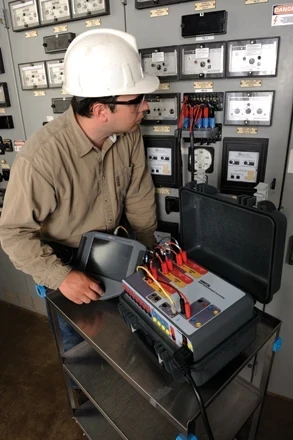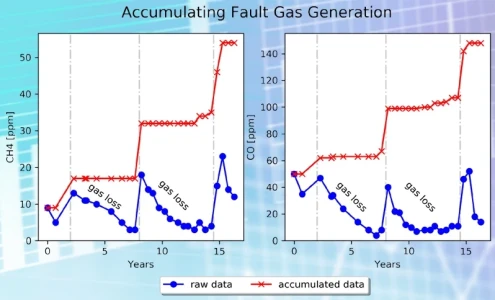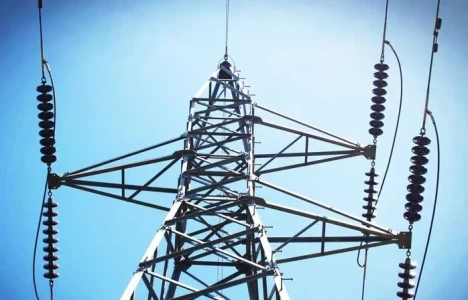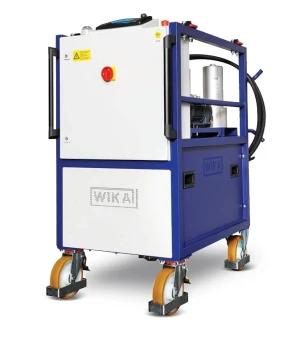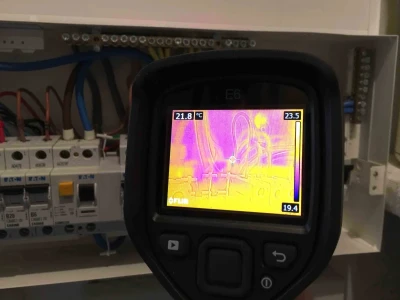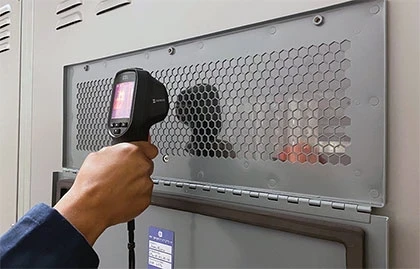Insulation Resistance Test
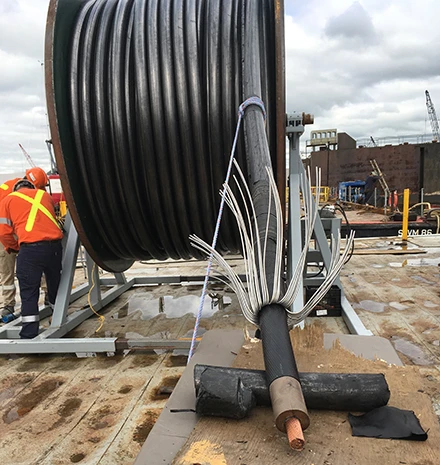
Insulation Resistance (IR) test, often called Megger test, is more than 100 years old and assumed to be a very straightforward test. During my inspection and testing work in the past 15 years in Canada, US, and internationally, I have seen different practices of performing and interpretation of IR test.
The application of IR test includes:
- At the point of installation, pre-commissioning to ensure minimum specifications are met
- Verify proper installation after a repair
- Troubleshooting
- Periodic preventive maintenance
The value of insulation resistance depends upon the equipment type, voltage rating and is very sensitive to the temperature. The result of IR test is typically in the range of a 10 MΩ to 100 GΩ or higher. The acceptable level of IR depends on the equipment type, voltage class, and age of equipment. Manufacturers usually provide the minimum recommended IR for the new equipment. In the absence of such data, IEEE 43-2013 and ANSI/NETA ATS-2013 guide could be referenced.
The IR test voltage is typically between 500V and 10kV and the test is 1 min. Negative polarity is preferred to accommodate the phenomenon of electroendosmosis. Due to relatively high voltage test safety concerns, restriction of worker access to the high voltages is mandatory. Arc flash suite is not necessary but use of personal protective equipment is recommended, as is the use of hot sticks, insulated ladders, and ground stick to discharge.
Read The Complete Article Here:
http://online.electricity-today.com/electricity-today/spring-2018/~30/

